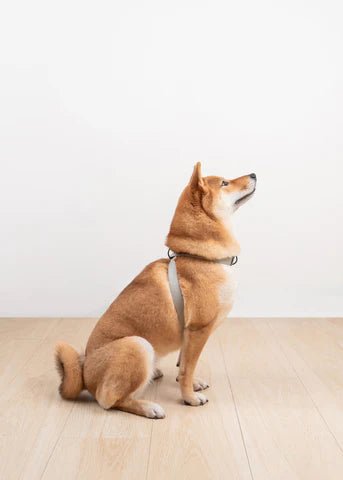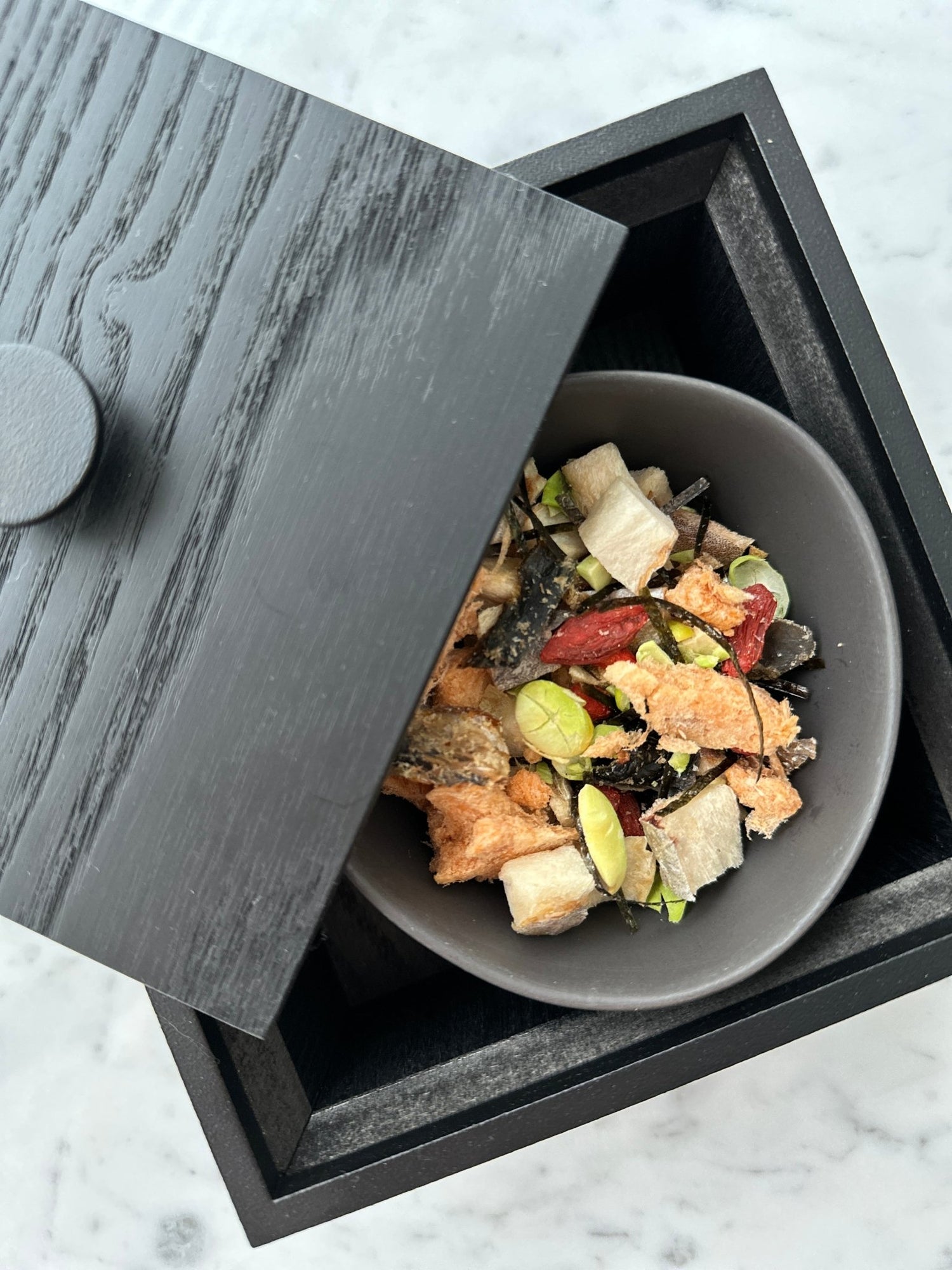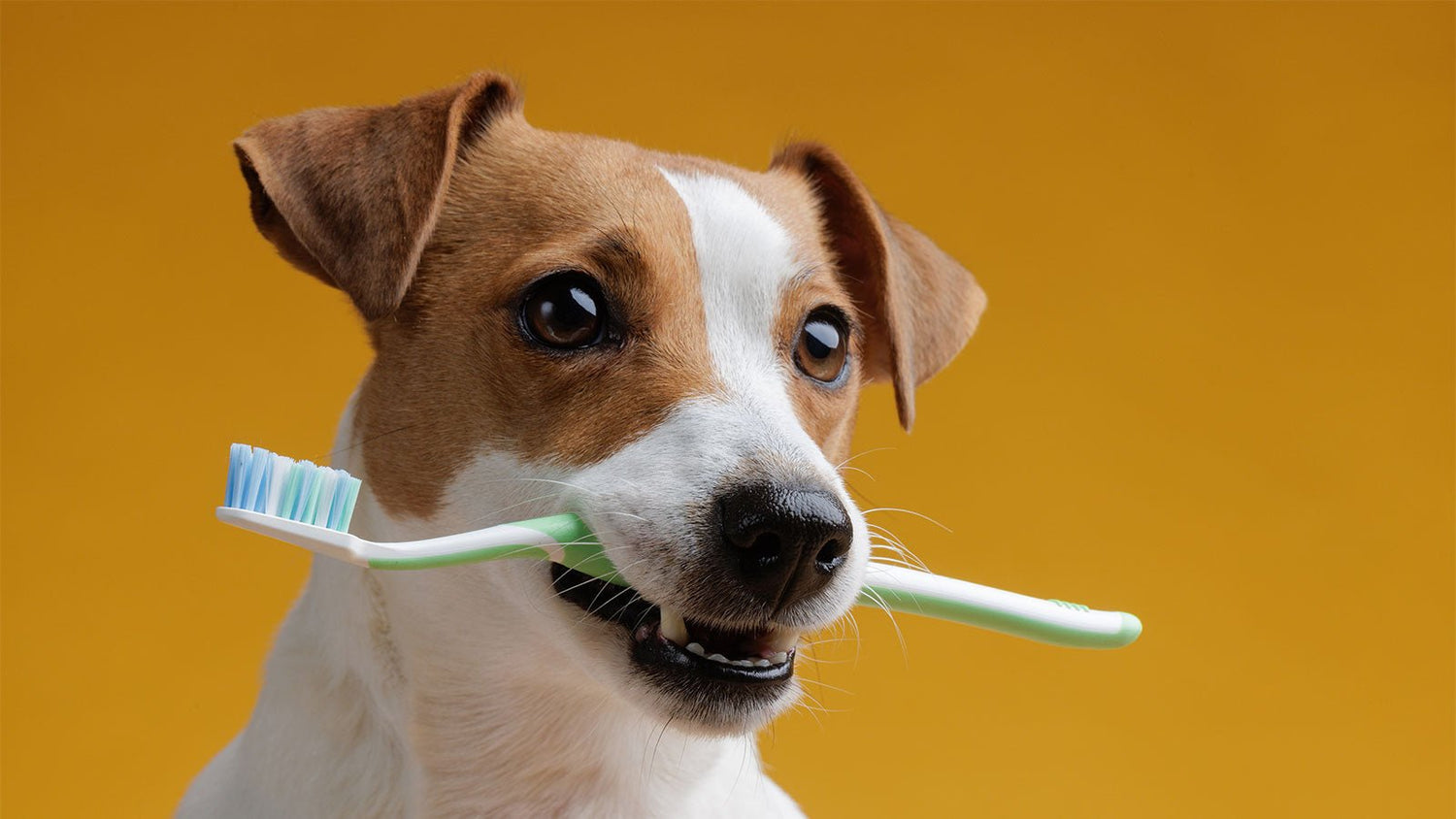This article is contributed by Esther Lim, pawrent to 2 lovely dogs named Milo (@babymiloxpoodle) and Maya (@mayaxgoldendoodle). Esther believes that a combination of both physical and mental stimulation is key to happy, healthy dogs. Her dogs own a few Trixie strategy puzzles and Starmark Treat Dispensing Tetraflex ball.
Deciding to get a puppy is exciting and joyful, but there are lots you need to do to prepare for its arrival! Bringing home a puppy is a big decision; dogs are at least a 15-year commitment. Be prepared for the hard work, time-consuming and sleep-deprivation part of welcoming a puppy into the family. Playtime is essential because it provides training and exercise opportunities for your energetic puppy. No matter their age, every dog needs mental and physical stimulation daily. Getting your puppy toys also help you bond with your dog. Bonding is fun and can help you build a strong relationship with your dog as they grow up.
"My Puppy Loves To Chew On Stuff!"
Why do puppies chew? Puppies begin teething at around 3 weeks, the same way human babies and children grow new teeth during their development. Your pup first grows a set of baby teeth (also known as deciduous teeth) that are pointed and sharp. You may find deciduous teeth on the floor, and sometimes your puppy will accidentally swallow the teeth while he is eating. It is not unusual for bleeding to occur when the teeth fall or are falling out, but the amount is minuscule, and owners usually only notice it when there's some mild red staining on a chew toy.
Puppies will chew on people, furniture, and other objects that are within their reach. This is part of normal puppy behaviour. Dogs learn much about the world around them through how things feel, and a dog's primary means of touching and grabbing things is with its mouth. Chewing also alleviates discomfort associated with the teething process, and they will want to soothe their gum pain. You can introduce Starmark's Fantastic DuraFoam Ball to your pup. Its soft and lightweight but extremely durable, makes it ideal for your puppy's teething period. It even floats in water! With no cover to chew off, it is so much safer than letting your dog chew on a tennis ball. Do you know when your dog gnaws on a tennis ball, the fuzz acts like sandpaper, gradually wears down their teeth, leading to dental problems such as exposed tooth pulp and difficulty chewing? The fuzz from the tennis ball could also lead to choking or intestinal blockages.
"My Puppy Is Easily Spooked by Loud Sounds!"
Within the first few weeks of being home with you, train your puppy to get used to loud and scary sounds. Life, in general, can be very noisy, and many dogs find loud noises scary and stressful. Sound sensitivity in puppies is a strong emotional or physical response to a sudden or loud sound within the environment. Fear of loud noises, such as thunderstorms and fireworks, is a common canine phobia. This is best treated by desensitization: rewarding your dog for remaining calm as you slowly and gradually get her accustomed to the noise. Desensitisation your dog to loud noises is an excellent way to keep them calm in situations that may otherwise make them anxious.
By gradually desensitizing your dog to loud noises over a period of time, you can teach them to associate these sounds with something positive instead of something to be scared of. Play with your dog, or reward them for remaining calm, but be sure you are not "reassuring" them when they tremble or otherwise show fear. Dogs interpret someone fussing over them and saying, "it's ok, it's ok, don't be scared", as a reward for being frightened. You can play a video of a thunderstorm or fireworks for desensitization.
So, how can you build a positive association between your puppy and loud noises?
Get your puppy an interactive snuffle toy, like Studio Ollie's Multi-Snuffle Sandwich. Load it with a variety of exciting and tasty treats between the ham, cheese, tomatoes and lettuce layers. If your puppy gets excited, sit down calmly for a few minutes and let her settle before starting your training session. Once your dog has calmed down, turn on the loud sounds, starting with the lowest volume. As soon as the sounds begin, give your dog the interactive toy. Once your dog has finished eating the treats in the pockets or finished playing with the toy, turn off the sounds straight away. This is so that they start to associate the sound with something positive happening.
Repeat this a few times for the next few days until your dog starts to get excited when they hear the sounds. Once your dog has made this initial connection between loud sounds and fun interactive dog toys, you can gradually increase the volume until you see the first signs that your dog is reacting to the noise. A reaction might be slight, such as twitching their ears. Once your dog starts to have a greater response, leave the sound at that volume for a few minutes to let them get used to it. If at any point your dog is scared or stressed by the noise, remain calm and stop playing the sounds immediately. This means you may have progressed too quickly, so start from a lower volume next time. Keep playing the sounds in this way daily, over some time, until your dog no longer reacts to the sounds, even at a higher volume. Eventually, your puppy will begin to associate the sounds with something enjoyable, and it will be much easier to keep them calm in noisy situations.
All views expressed on this site are author's own and do not represent the opinions of any entity whatsoever. The purpose of the article is to share experiences and opinions in general. If you are seeking professional advice, please consult a professional.
"I Have Difficulty Settling Down My Puppy At Bedtime!"
Strictly speaking, dogs are not nocturnal, but they can be if you are. However, many dogs tend to come alive when the lights go down. There are many ways to help your puppy settle down for the night and get to sleep. Dogs thrive on routine, so establishing a bedtime routine for your puppy is extremely important. Feeding time, walk time, playtime, chill time and especially bedtime are important routines for dogs. When things change due to unusual visitors or you being away, that is when your dog can become anxious, fearful or start to act out.
Giving your dog a treat at bedtime will provide them with something special to look forward to every night. Associating bedtime with a yummy treat may also help you to train your pup to settle down for bed. Just like many dogs who seem to somehow know when it's time their owners get home or when it is time for dinner, you may soon find your puppy reminding you to give him his treat so he can go to sleep!
Most pups sleep best when they are in their usual sleeping spot. Whether it is their own dog bed, a favourite spot on the floor, or a place in bed with you, it is our job as their guardians to make sure that their sleeping area is as comfortable and cosy as possible so they can snuggle and settle down for the night. Dogs also find security from a particular toy while being snuggled up in bed. However, be mindful not to give him anything with squeakers, as that will probably just wind him up and get him in the mood to play! On the same note, anything you usually use to play fetch or tug with may not be the best choice. Ideally, you want a toy that only comes out at bedtime or other "down" times. An example would be Studio Ollie's Multi-Snuffle Watermelon that comes with one large nose work pocket and four small nose work pockets to stash your pup's bedtime treat. Both toys do not come with any squeaker or crinkle sounds, hence perfect for quiet enrichment and also as a bedtime buddy!
"My Pup Is Bored."
Toy rotation helps to keep your dog interested and playful, making them happier and healthier. Some people do not realize that a dog toy will lose its value if available to them all the time.
Rotating your dog's toys provides benefits to both your dog and your family. Your dog has an everchanging collection of "new" toys, and your family gets a de-cluttered space, free of countless dog toys lying around on the floor. Have four or five toys out a time. Your dog can only be interested in a limited number of toys at a time. Four or five is a good number because it's enough to keep your dog interested without overwhelming it with a large number of toys. To keep your dog enticed, change out the toys your dog plays with about once a week. Pick up this week's toys and put them away. In exchange, get four or five more toys out for your dog to play with. That means you need at least eight to ten toys for your dog to play with. As you change out the toys, clean the toys as needed. Don't forget to throw out toys when they start falling apart. Shredded, torn, or dangling parts can become a choking hazard for your dog.
Have a variety of toys out for your dog to play with, rather than all of the same kind. For example, you can have hard rubber toys, food puzzle toys, squeaky balls, snuffle toys. That way, your dog will have something to play with, no matter what mood it's in. When you bring toys out, consider hiding them around the house in places your dog is likely to find them. If your dog can hunt down its toy, it will get more joy out of playing with the toy. Just don't hide them in places where your dog has to destroy something to get to the toy. While you want to rotate out the toys to keep your dog interested, you should leave his favourite toy out most of the time, for instance, like his bedtime buddy. Most of your dog's toys should be interactive. It incorporates problem-solving skills into his daily routine while keeping them active physically and mentally, especially when you are busy or away.
Be sure to buy toys of appropriate size for your dog. If you have a large dog, you need large toys. Toys that are too small can easily be swallowed or become lodged in your dog's throat. Similarly, larger toys could pose a risk for smaller dogs if they can't get their mouth around them easily. Always supervise your dog's play, especially with squeaky toys. Your dog may feel that they must find and destroy the source of the squeaking, which means they could ingest it if left unwatched. Once the dog gets the squeaker out of the toy, it is best to throw away the toy. The dog may keep chewing it and possibly eat the fluff inside if the toy stays out. For those pups who love plush but loves to destroy them, you can try the squeaky plush toys from Fluff and Tuff. They are made with superior, ultra-plush outer fabric, thick, durable Tuffweb™ mesh liner, concealed and double-stitched seams. They use only non-toxic polyester fill placed for optimal shaping and play-ability. All the eyes of animal plushes are embroidered!
Play is not only fun. It is a fundamental part of keeping your dog happy and healthy. Some people think that dog toys are a luxury. However, it is actually a necessity! Toys are essential to your dog's physical and mental wellbeing! Toys help fight boredom and separation anxiety when you have to leave your dog at home and comfort them when they feel nervous or stressed. The mental stimulation provided by interactive toys will tire your dog out quicker than a 30-minute walk!
All views expressed on this site are author's own and do not represent the opinions of any entity whatsoever. The purpose of the article is to share experiences and opinions in general. If you are seeking professional advice, please consult a professional.





